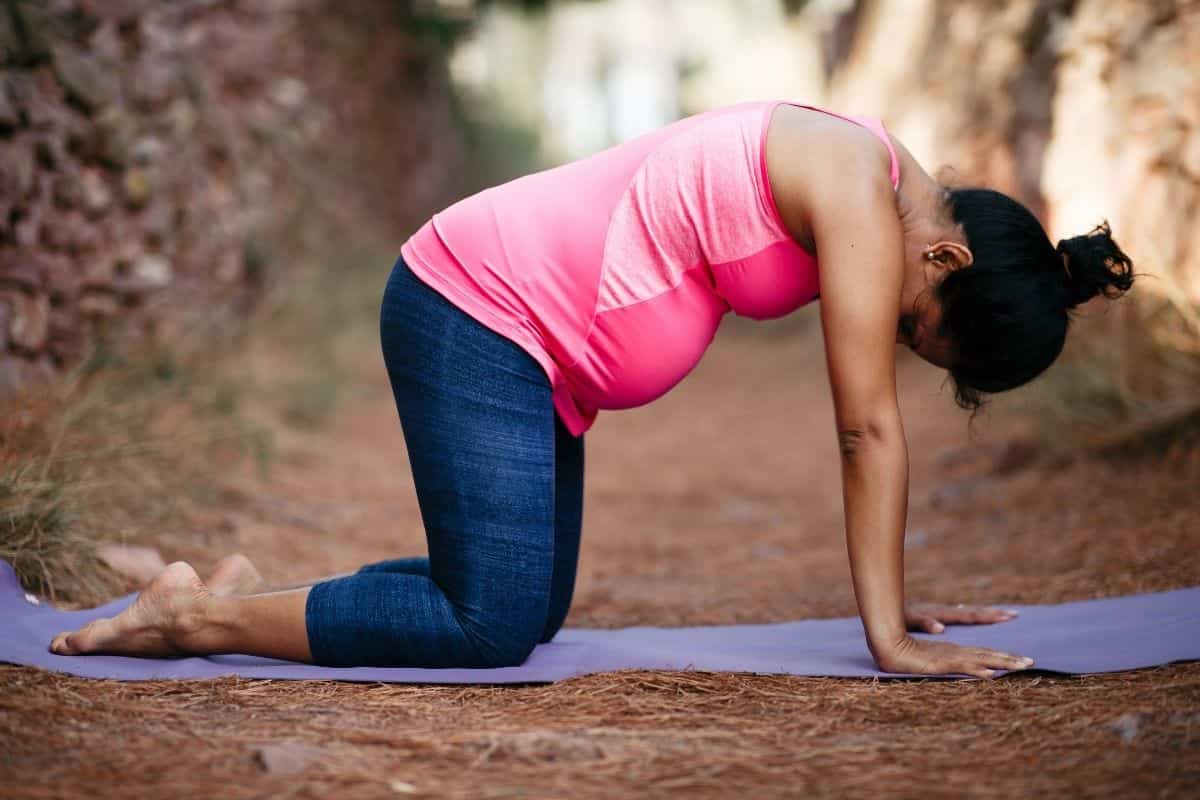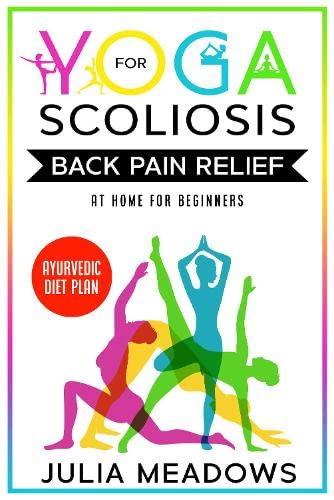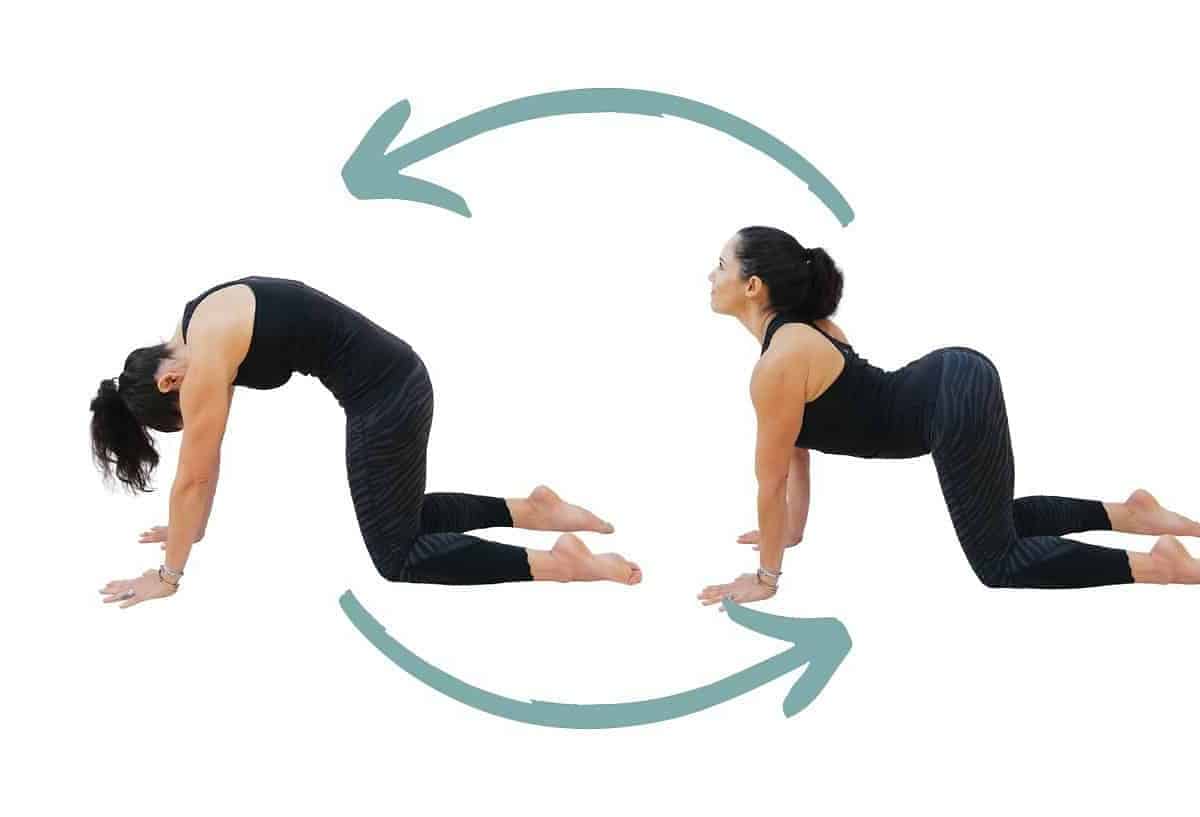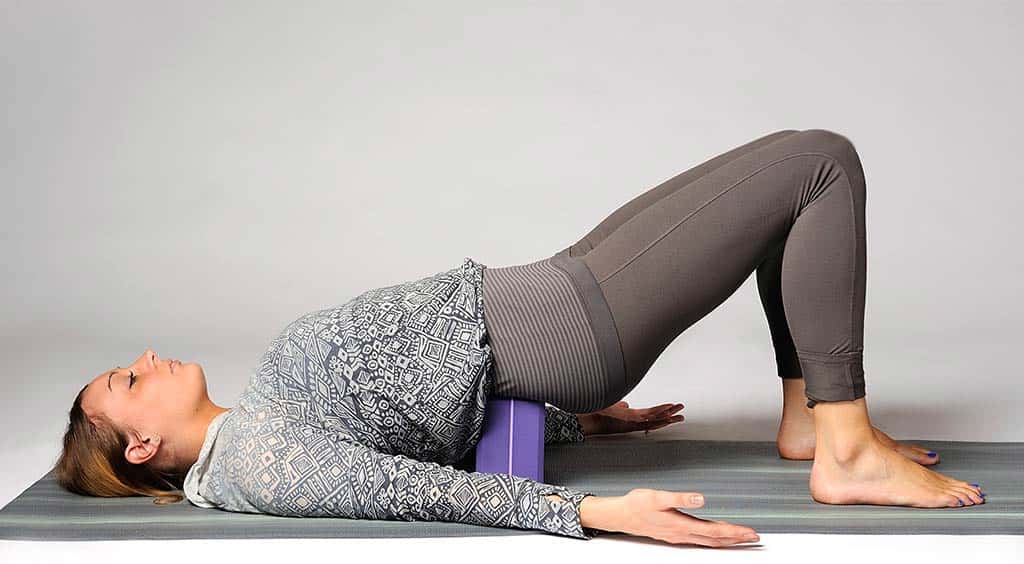In this article, we will explore the benefits of prenatal yoga for back pain, recommended poses, tips for practicing safely, and other strategies to manage back pain during pregnancy.
If you’re experiencing back pain during pregnancy, prenatal yoga can be a safe and effective way to find relief. Prenatal yoga focuses on gentle stretching, strengthening, and relaxation techniques that can help improve posture, increase flexibility and strength, reduce muscle tension, and provide enhanced relaxation and stress relief.
However, before starting any exercise program, it’s important to take certain precautions, such as consulting with your healthcare provider and choosing a qualified prenatal yoga instructor. Benefits of prenatal yoga for back pain
Prenatal Yoga For Back Pain
Improved posture
During pregnancy, the growing belly can cause changes in your center of gravity, leading to poor posture and increased strain on the back. Prenatal yoga can help improve posture by strengthening the muscles that support the spine and promoting proper alignment. By practicing specific poses that target the back and core muscles, you can develop better posture habits that can alleviate back pain.
Increased flexibility and strength
Prenatal yoga incorporates gentle stretching exercises that can help improve flexibility and relieve muscle tension. As your body undergoes changes during pregnancy, maintaining flexibility becomes crucial to prevent muscle imbalances and reduce the risk of injury. Additionally, prenatal yoga includes strength-building poses that target the back, hips, and core muscles, providing stability and support to the spine.
Reduced muscle tension
The hormonal changes that occur during pregnancy can lead to increased muscle tension and discomfort. Prenatal yoga focuses on releasing tension through gentle stretching and relaxation techniques. By practicing specific poses that target the back muscles, such as gentle twists and forward bends, you can help relieve muscle tension and promote relaxation.
Enhanced relaxation and stress relief
Pregnancy can bring about various physical and emotional stressors. Prenatal yoga incorporates breathing exercises and meditation techniques that promote relaxation and stress relief. By learning to focus on your breath and quieting the mind, you can reduce stress levels and promote a sense of calmness, which can indirectly alleviate back pain.
Precautions to take before starting prenatal yoga
Consult with your healthcare provider
Before starting any exercise program, including prenatal yoga, it’s important to consult with your healthcare provider. They can assess your individual situation and provide guidance on whether prenatal yoga is safe for you. They may also recommend modifications or specific precautions based on any existing medical conditions or complications.
Choose a qualified prenatal yoga instructor
When practicing prenatal yoga, it’s crucial to choose a qualified instructor who has experience working with pregnant women. A qualified instructor will be knowledgeable about the specific modifications and adjustments needed to accommodate the changing needs of your body during pregnancy. They can guide you through the poses safely and ensure that you are practicing in a way that is beneficial for both you and your baby.
Listen to your body and modify poses as needed
Every pregnancy is unique, and what feels comfortable for one person may not be suitable for another. It’s important to listen to your body and modify poses as needed. Avoid any movements or positions that cause pain or discomfort. Prenatal yoga is about finding what feels good for you and adapting the practice to suit your individual needs.
Recommended prenatal yoga poses for back pain
Child’s Pose
Child’s Pose is a gentle resting pose that stretches the lower back and hips. Start by kneeling on the floor, then sit back on your heels and lower your torso forward, resting your forehead on the mat.
Extend your arms forward or alongside your body, whichever feels more comfortable. Take slow, deep breaths and allow your back to relax and release tension.
Cat-Cow Pose
Cat-Cow Pose is a gentle flowing movement that helps to mobilize the spine and relieve back pain. Start on your hands and knees, with your wrists directly under your shoulders and your knees under your hips. Inhale as you arch your back, lifting your chest and tailbone towards the ceiling (Cow Pose).
Exhale as you round your back, tucking your chin towards your chest and drawing your belly button towards your spine (Cat Pose). Repeat this movement several times, coordinating it with your breath.
Pelvic Tilts
Pelvic Tilts are a simple yet effective exercise for strengthening the core and relieving back pain. Start by lying on your back with your knees bent and feet flat on the floor.
Inhale to prepare, then exhale as you tilt your pelvis, pressing your lower back into the floor. Inhale to release the tilt and return to a neutral position.
Repeat this movement several times, focusing on engaging your abdominal muscles and maintaining a gentle, controlled movement.
Modified Downward-Facing Dog
Downward-Facing Dog is a popular yoga pose that can be modified during pregnancy to relieve back pain. Start on your hands and knees, with your wrists directly under your shoulders and your knees under your hips.
Walk your hands forward, slightly wider than shoulder-width apart, and tuck your toes under. Lift your hips up and back, straightening your legs as much as comfortable. Keep a slight bend in your knees if needed.
Press your hands firmly into the mat and lengthen your spine, allowing your head to hang freely. Take slow, deep breaths and feel the stretch in your back and hamstrings.
Supported Bridge Pose
Supported Bridge Pose is a gentle backbend that can help relieve back pain and open the chest. Start by lying on your back with your knees bent and feet flat on the floor. Place a yoga block or folded blanket under your sacrum (the bony part at the base of your spine).
Press your feet into the floor and lift your hips, allowing the block or blanket to support your lower back. Keep your shoulders relaxed and your chest open. Take slow, deep breaths and enjoy the gentle stretch in your back and hips.
Tips for practicing prenatal yoga safely
Use props for support
Using props such as blocks, bolsters, or blankets can provide additional support and stability during prenatal yoga. Props can help modify poses to accommodate your changing body and make the practice more comfortable. For example, using a bolster or blanket under your knees in Child’s Pose can alleviate pressure on the lower back.
Take breaks and stay hydrated
Pregnancy can be physically demanding, so it’s important to listen to your body and take breaks as needed. Stay hydrated by drinking water before, during, and after your prenatal yoga practice. Dehydration can contribute to muscle cramps and discomfort, so it’s essential to keep your fluid intake adequate.
Avoid deep twists and backbends
While gentle twists and backbends can be beneficial during pregnancy, it’s important to avoid deep or intense versions of these poses. Deep twists can strain the abdominal muscles and compress the uterus, while deep backbends can put excessive pressure on the spine. Stick to gentle, modified versions of these poses to ensure safety and comfort.
Other strategies to manage back pain during pregnancy
Proper body mechanics
Maintaining proper body mechanics throughout the day can help prevent and alleviate back pain. Avoid heavy lifting, and when picking up objects, remember to bend at the knees and lift with your legs rather than your back. Use supportive pillows or cushions when sitting or lying down to maintain good posture and reduce strain on the back.
Wearing supportive footwear
Wearing supportive footwear, such as shoes with good arch support, can help distribute your body weight evenly and reduce the strain on your back. Avoid high heels or shoes with inadequate support, as they can exacerbate back pain and affect your balance.
Using heat or cold therapy
Applying heat or cold therapy to the affected area can help alleviate back pain. Use a heating pad or warm compress to relax tense muscles and increase blood flow. Alternatively, apply a cold pack or ice wrapped in a cloth to reduce inflammation and numb the area. Always use a barrier, such as a towel, between the heat or cold source and your skin to prevent burns or frostbite.
Regular exercise and stretching
In addition to prenatal yoga, regular exercise and stretching can help manage back pain during pregnancy. Low-impact activities such as walking, swimming, and stationary cycling can improve circulation, strengthen muscles, and reduce discomfort. Incorporate gentle stretching exercises into your daily routine to maintain flexibility and relieve muscle tension.
Conclusion
Prenatal yoga can be a valuable tool for alleviating back pain during pregnancy. By improving posture, increasing flexibility and strength, reducing muscle tension, and promoting relaxation, prenatal yoga offers numerous benefits for expectant mothers.
However, it’s important to take precautions, consult with your healthcare provider, and choose a qualified instructor. By practicing recommended poses, using props for support, and following other strategies such as proper body mechanics and regular exercise, you can effectively manage back pain and enjoy a more comfortable pregnancy journey.
Remember to listen to your body, make modifications as needed, and always prioritize your safety and well-being.
Originally posted 2023-07-26 13:39:06.









